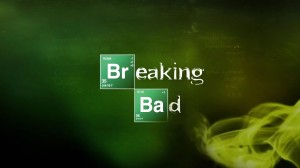I’ve been reading – and been thoroughly blown away by – Richard Powers’ Pulitzer Prize-winning novel The Overstory* this January.
It interweaves the stories of nine different people who become linked as a result of a natural catastrophe – it’s very much a story of our time, but I was struck by the following quote contained within.
“The best arguments in the world won’t change a person’s mind. The only thing that can do that is a good story.”
Those two sentences seem to sum up much that’s taking place in today’s world.
The ‘story’ of climate change
As the bushfires rage in Australia, the debate about climate still doesn’t appear to have been won. In fact, the climate change deniers incredibly still seem to be making things work to their own advantage.
Which is why the quote from The Overstory resonated so much. It came hot on the heels of an excellent episode of Michael Rosen’s BBC Radio 4 programme Word of Mouth, that focusses specifically on how to best communicate the concept climate change to a wider audience and why telling the right stories about climate is the way to make people understand what’s happening.
Ultimately – and it’s a well-worn trope and one which I’ve used many times myself – it’s a story’s influence on someone’s emotions and feelings that really changes how they think.
The reason that fake news often works is because it taps into something far deeper than the plain facts. Fake news is designed to ‘push your buttons’, to arouse a strong feeling, one that will stay with you long after a specific piece of information.
Use emotion to motivate
But storyelling and feelings aren’t just used for negative purposes. They can motivate too.
Psychologist Adam Grant carried out an experiment back in 2007 (detailed in his excellent book Give and Take*), where he and his team arranged for a team of call centre workers to meet (for just 5 minutes) a scholarship student at the university who benefited from their fundraising efforts. The workers were able to hear the student’s story of her studies.
A month later, callers who had interacted with the scholarship student spent more than two times as many minutes on the phone, and brought in vastly more money.
So when you next start arguing with someone, reeling off facts in an effort to convince them of something, think about trying a different approach. Tell a story and make them ‘feel’.
“I’ve learned that people will forget what you said, people will forget what you did, but people will never forget how you made them feel”
Maya Angelou
– o O o –
* This is one of those affiliate links which means that should you decide my recommendation is worth more than a grain of salt and you buy ‘said item’, I end up earning a pittance of money in return. It costs you nothing in return, by the way.
